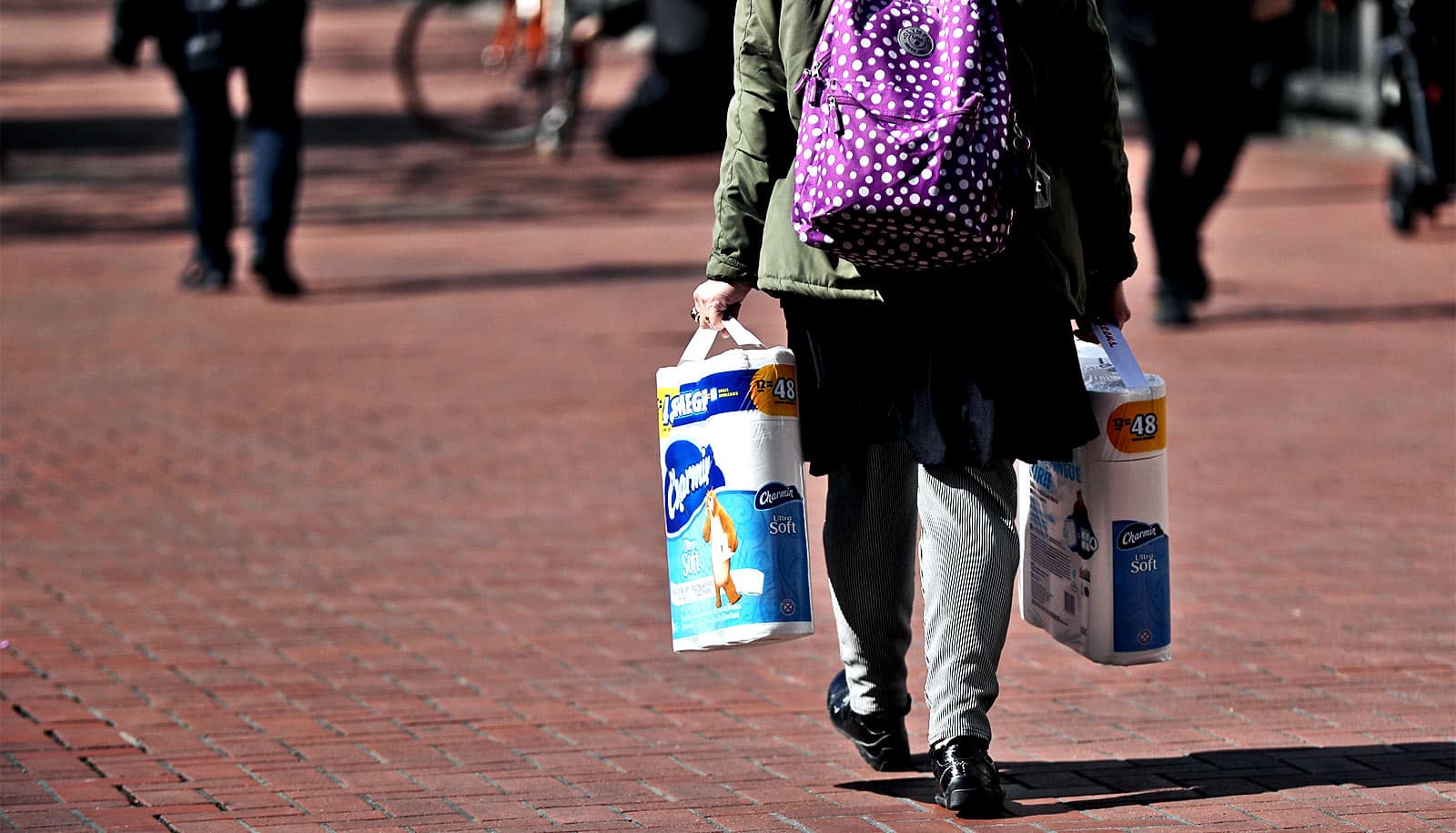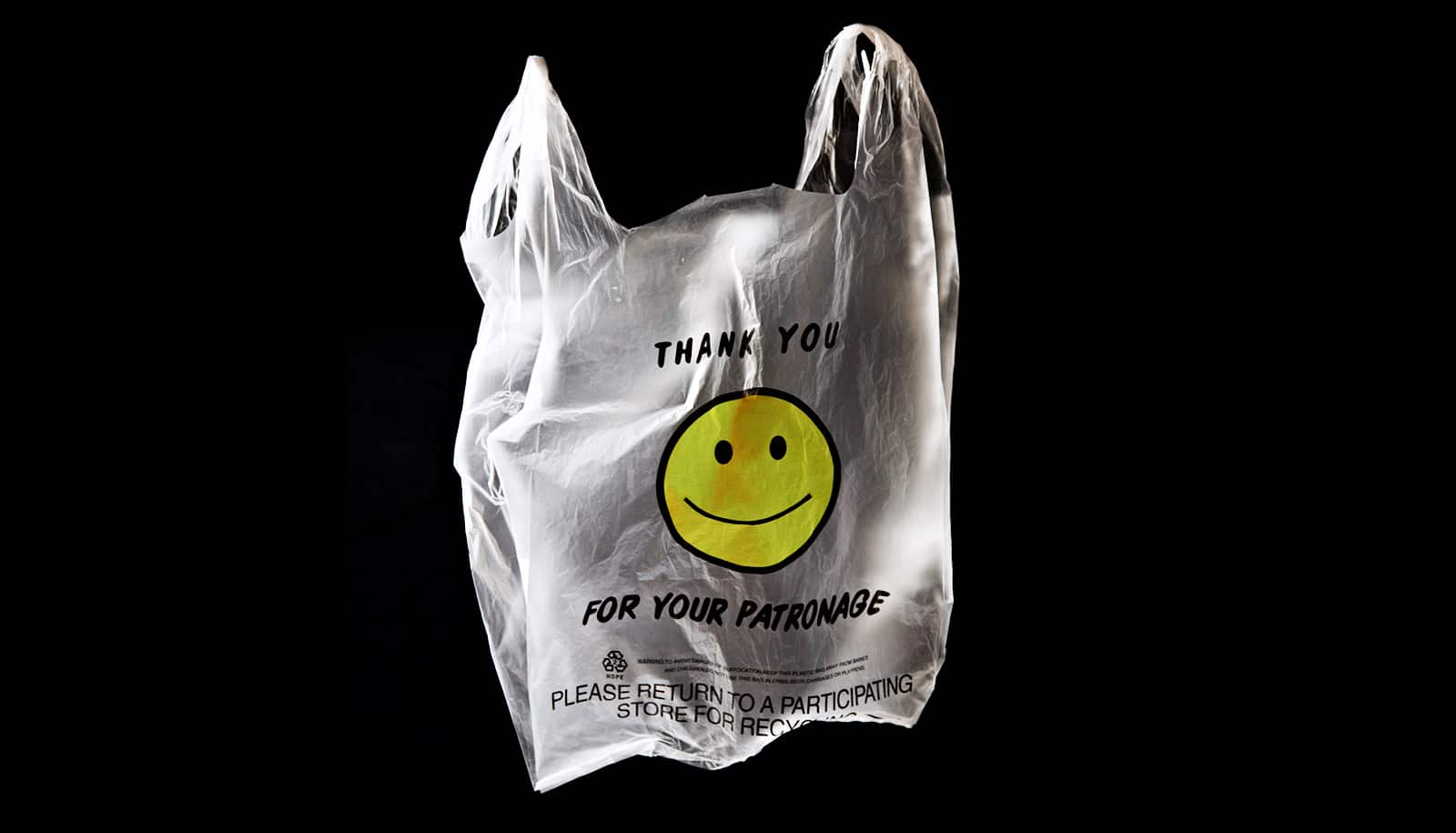Scarcity decreases consumers’ tendency to use price to judge a product’s quality, according to new research.
During the current pandemic, panicked overbuying of products such as toilet paper, cleaning products, and similar items often has led to limited options for consumers and empty store shelves. What’s often left are generic or lower-priced branded products.
It may not be because consumers during this crisis are viewing higher-priced products as having better quality, the new study indicates.
“Scarcity is aversive and triggers the desire to compensate for the shortage, and to seek abundance,” says coauthor Ashok Lalwani, associate professor of marketing at Indiana University Kelley School of Business.
“People who face scarcity are less likely to view less vs. more expensive options as belonging to different categories, and thus are open to differences at either or both ends of the price continuum.”
This is the first paper to directly show the impact of scarcity on price-quality judgments. The findings are applicable amid times of economic crisis, natural disasters, and social disturbances.
“We suggest that people may not only differ in terms of how they categorize purchases, but also in terms of the extent to which they categorize, and scarcity reduces the tendency,” Lalwani says.
While consumers frequently judge the quality of a product based on its price, they change their thinking during times of scarcity and are less likely to categorize objects and less likely to use the price of a product to infer its quality, Lalwani and his coauthors found.
The business implications for managers at high-end stores or those who want to increase sales of high-priced items are numerous. Lalwani suggests that one way such managers can activate the belief that higher prices indicate higher quality is by varying context or environmental factors. This could include encouraging consumers—such as through contests or sweepstakes—to categorize assorted items by price to facilitate the use of price-tiers as a basis for judging a product’s quality.
“The same objective could also be attained by reducing consumers’ desire for abundance,” Lalwani says. “For example, inside the store, managers could have portraits, displays, or ads highlighting the harmful effects of gluttony or hoarding behavior. Doing so may increase customers’ price-quality inferences and shift them from purchasing lower-priced to higher-priced goods.
“Our findings also suggest that when stronger price-quality inferences are desired, retailers are advised to avoid utilizing scarcity messages, such as ‘sale ends this week’ or ‘while supplies last,’ especially for product categories in which the proportion of high-priced items is high, as priming scarcity among consumers may decrease their price-quality inferences.”
The research appears in the Journal of Consumer Research. Additional coauthors are from Michigan State University and the University of Texas at San Antonio.
Source: Indiana University



